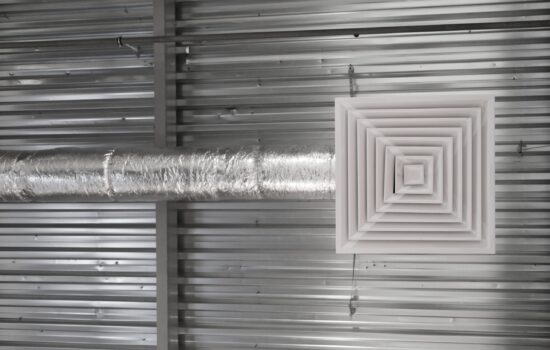Heating Systems: Choosing the Right Programmable Thermostat for Your Business
After you have decided to purchase a programmable thermostat for your business, many options are available. These are some things you should consider when choosing which programmable thermostat is right for your business.
Heat pumps vs. Heat Pumps vs. Conventional Systems
Some thermostats can be programmed to work with heat pumps, while others can be used with other systems. Some products can be used with both types of systems. Make sure the programmable thermostat you select matches the heating system in the building.
Single-Stage Vs. Multi-Stage Programmable Heating Thermostat
The heating system of your building will determine whether you require a single-stage or multi-stage programmable thermostat. If your building is dependent on one source of heat (such as a furnace or heat pump) and only one source of cool (such as an air conditioning system), a single-stage programmable thermostat should be sufficient. If your business has heat inputs from both a boiler or heat pump or a solar panel and a heat pump, you should consider a programmable thermostat with up to two-stage heat and one-stage cool.
Programmable/Non-Programmable Thermostats
Although programmable thermostats have many benefits for businesses, there are times when you might need manual control. In an unexpected heatwave or cold spell, it is possible to have complete control over your thermostat. This will ensure that your customers and employees are comfortable. If you want to prepare for such circumstances, you should look for a programmable/non-programmable thermostat, which can be changed over when needed.
The Benefits of Programmable Thermostats for Businesses
No matter what type of Seattle-based business you run, keeping the building at a comfortable temperature is a key priority. If you’re in retail, you want your customers to feel comfortable enough to browse the shelves for impulse buys, even after they’ve found what they were initially looking for. If you’re in charge of an office, you want to make sure that the temperature of the building doesn’t interfere with work productivity. At the same time, as a business owner or manager, you also must consider the costs associated with heating and cooling.
When you’re trying to achieve an optimal temperature balance on a tight budget, you may want to think about getting a programmable thermostat. Read on to learn why programmable thermostats make sense in business environments.
Programming Your Workplace Environment in Advance
With traditional, non-programmable thermostats, someone in the office has to set the temperature manually in order to ensure that the building remains at the right temperature. Whether you plan to do it yourself or rely on one of your employees, manual management of the thermostat poses a risk for unintended consequences. For instance, if someone accidentally forgets to turn down the thermostat for the night in the dead of winter, you may find that heating costs are starting to eat into your budget. At the same time, when someone overlooks the need to turn on the air conditioner, customers and employees alike may find themselves sweaty and uncomfortable in the heat of summer, which can lower sales and/or productivity. With a programmable thermostat, you can reduce the risk of human error by setting the thermostat to be on when you need it and off when you don’t.
During the winter, you probably don’t want to run your heater at night, but if you program your thermostat to start running an hour before people start arriving for work, you can ensure that they won’t spend their first hour trying to thaw their fingers instead of advancing organizational goals. In addition, a programmable thermostat allows you to prepare for expected changes in temperature. If you live in a place where there is a temperature swing in the summer, you can do the same thing with the air conditioning planning to ensure that the cooling system turns on in time for the heat of the day--but no sooner--and turns off by the time people start to head home.

